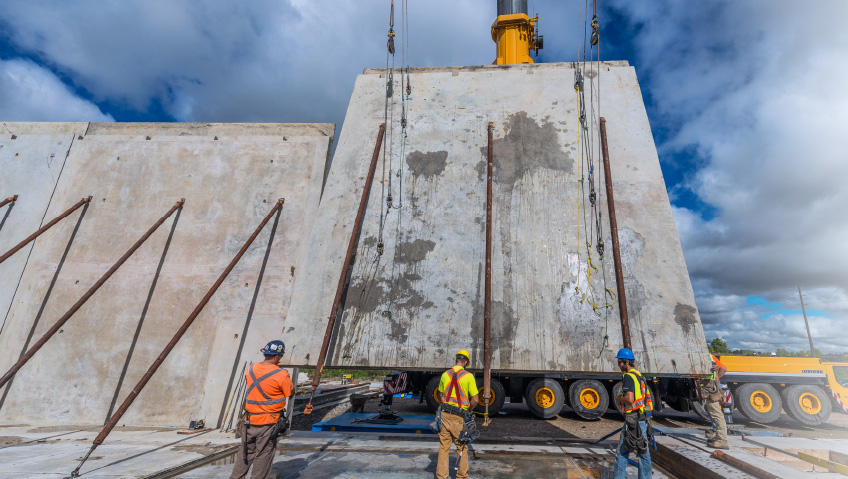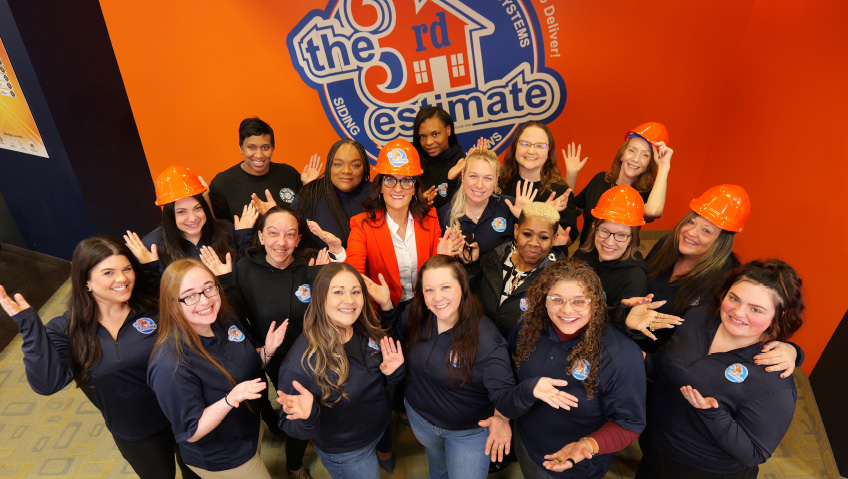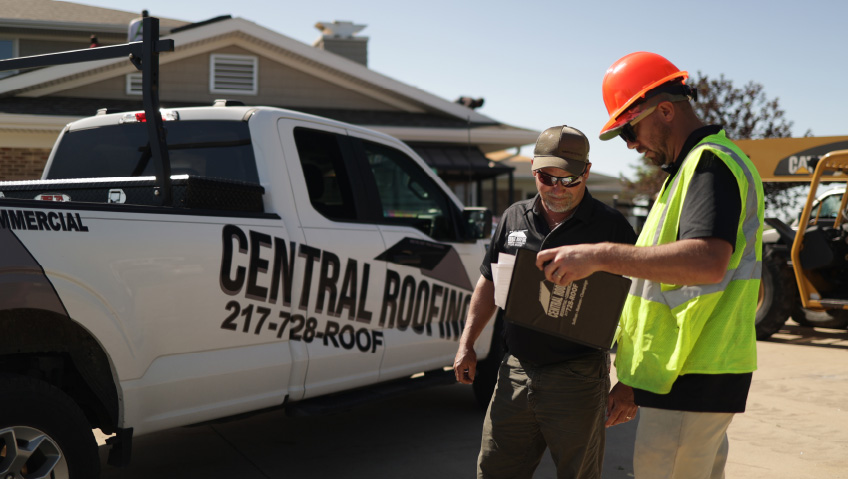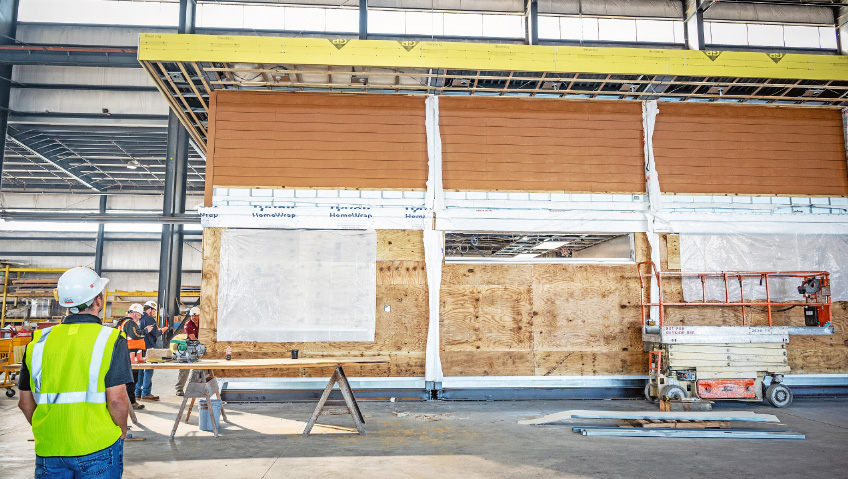Women have been a part of architecture from the time the first stones were stacked on top of each other to create shelter. The concept of architecture has come a very long way since those early villages were designed, but what about the advancement of women in the field?
A New York Times article by Allison Arieff reports that, “the last major survey of the field found that women account for half of graduates from architecture programs in this country, but they make up about 20 percent of licensed architects and 17 percent of partners or principals in architecture firms.”
Beyond the stark numbers, there are real and challenging circumstances for women in the field of architecture. For Kerry Ross, founder of Green T Design, the challenge that women face starts when trying to become a registered architect. This first step can be a gruelling process in and of itself.
When speaking to the Calgary Herald, Ross talked about the process and why women may choose not to complete it. “It’s a choice that many women architects make. Although architectural schools are populated with more or less a balanced ratio of men to women, the real world reflects something different.”
And that can be just the start of the struggles for women who try to succeed in the industry. Kayla Browne, who left a larger firm to start her own, Bold Workshop Architecture, talks about some of the overt challenges women experience. “I’m not one to sit back and say, ‘Okay, that’s just the way it is,’” Browne told the Herald. “There really isn’t any balance in the industry. The pay is low, work hours are not flexible, the internship process is really hard, and there are so many men sidelining their female counterparts.”
To help correct some of this imbalance, the San Francisco chapter of the American Institute of Architects led an initiative to promote best practices in recruitment, retention and promotion in the field. In addition, the initiative conducted an in-depth survey among more than 14,000 respondents across six continents. The organization found that female architects earn less and are less likely to hold leadership positions, and that women with children are more likely to lose out on career and salary advancements.
In many ways, these difficulties not only hurt women but the industry as a whole. Women have played a significant role in the ongoing evolution of modern architecture. For example, famous architects like Lina Bo Bardi, Norma Merrick Sklarek and Zaha Hadid introduced creative and innovative techniques as well as new material trends that have shaped the thinking behind the very nature of what architecture means.
Norma Merrick Sklarek was the first African American woman to become a licensed architect in the states of New York and California, and was behind the design of famous buildings such as the U.S. Embassy in Tokyo and the Pacific Design Center in Hollywood. She also co-founded the female-only firm Sklarek Siegel and Diamond.
Lina Bo Bardi, whose work can be found in Brazil, was noted for her passion for creating a dialogue between modernism and popular culture in her work. “Architecture and architectural freedom are above all a social issue that must be seen from inside a political structure, not from outside it,” said Bardi.
Zaha Hadid was a Pritzker Prize-winning architect and mathematician who experimented with curves, geometry and parametricism (a style of architecture that addresses interior design, architectural design, urban design and furniture design) to create visuals that appear to defy gravity. “I don’t think that architecture is only about shelter, is only about a very simple enclosure. It should be able to excite you, to calm you, to make you think,” Hadid told Newsweek in 2011.
Beyond individual achievers and innovators in the field, the participation of women generally brings many important advantages to the field of architecture. One is a distinct approach to the design process. Every person’s design process or approach comes out of their lived experiences, and gender can certainly be a part of that process. It’s not a stretch to say that women and men experience things differently, and with different starting points come diverse concepts and designs that help shape buildings, interiors, and other innovations.
Not only do women bring a distinct approach to design, they also bring inclusivity to design. Take how homes are set up, for instance. While houses are traditionally designed by men, it’s women who often take the lead in managing how a household runs, and women are taking the spotlight in homes and interiors, changing how we think about space in a home and taking a more holistic approach.
While men tend to focus on more of a long view of a house structure with a single focal point, women are more concerned with the entirety of the house and how it can work for the whole family. They consider things like: Are the bedrooms near to each other for children’s comfort? What about safety and privacy? How much storage is available? What is the availability of natural light?
With these and other concerns in mind, women are leading the way in making homes greener, highlighting the passive house movement, for example, which focuses on effective insulation, airtight construction, energy efficiency, and HVAC systems that bring in the fresh outdoor air.
German architect Anne Vogt is a trailblazer in this growing field, with residential projects in Spain and Mexico. Anne is a Passive House Building Certifier, Passive House Designer and Train-the-trainer professional. “What I like most about designing passive house buildings is its comfort,” she told Passive House International. “All the technical aspects, the endless thermal bridge calculations, and difficulties at the construction site no longer matter when you hear the testimony of a family enjoying their new home.”
A collaborative approach is another advantage women often bring to architectural firms. Renee Cullinan, for Harvard Business Review, notes how in collaborative, often fast-paced workplaces, women disproportionately carry the burden of collaboration. “Studies have shown that women are more likely to care for the collective, which means they are more likely to step in when they see a gap or ambiguity,” writes Cullinan. This can, however, be a double-edged sword for women. Since they tend to step in to fill gaps more often and are willing to do more for more people, there can be the risk of taking on too much at once.
What’s more, in 2016, 55,000 people were surveyed by the consulting firm Korn Ferry, revealing that women outperformed men in 11 of 12 emotional competence skills, and that when these capabilities are incorporated into the workplace, employee satisfaction and company success increase. In particular, improved communication in the workplace can encourage openness in the creative process. Women also tend to have a strong sense of awareness, which can help them to pick up on smaller details, which can be crucial in design.
Such important advantages should get the attention of design firms and encourage them to become more inviting to women. And to that end, PricewaterhouseCoopers recommends a number of changes that can be made: Listen and gather information to help gauge the important issues; make pay fair—not more for men or women, just fair; stay flexible both in where and how employees accomplish projects; and invest in bias training among senior leadership, which can help reveal unconscious biases that could impact the decision-making process.
Making architecture firms more friendly to women not only helps individual firms, but the broader industry, as we can all ultimately benefit from more diverse and creative design in our home and our cities.






